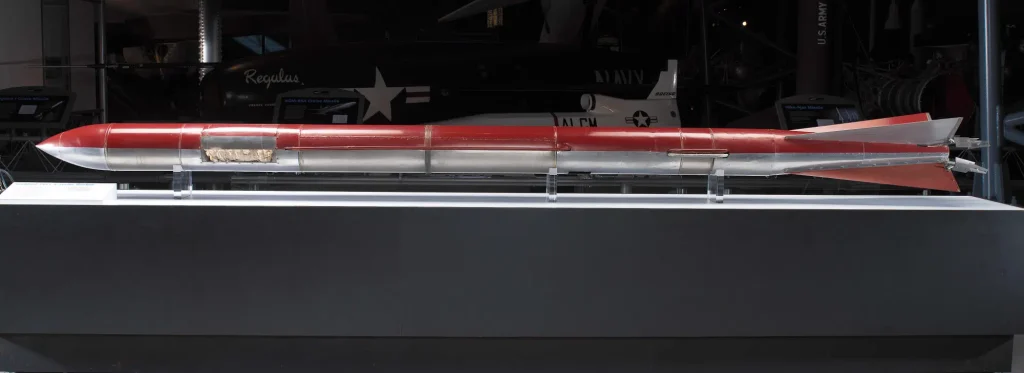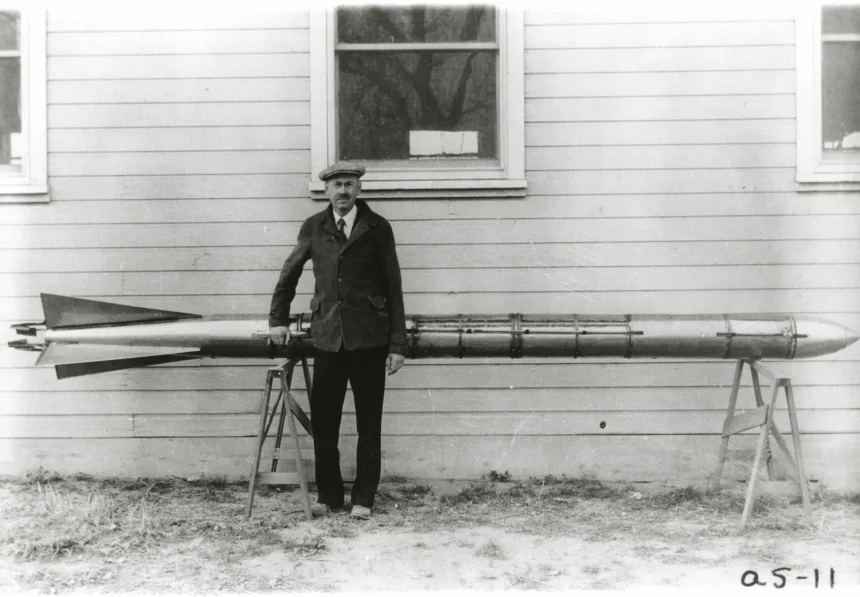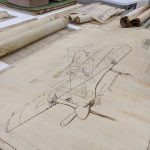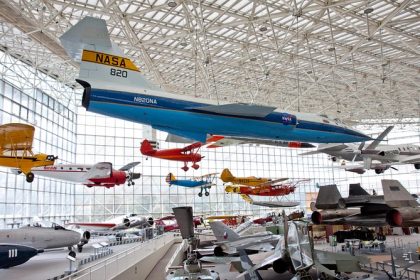
Ninety years ago today, on March 28, 1935, the first gyroscopically-stabilized liquid-fueled rocket was launched. The event marked a milestone in the evolution of aeronautics, laying the groundwork for the future of space exploration. The specific rocket launched on this day was the A-5, designed by Robert H. Goddard, widely regarded as the “Father of Modern Rocketry.” The launch took place at a site near Roswell, New Mexico.
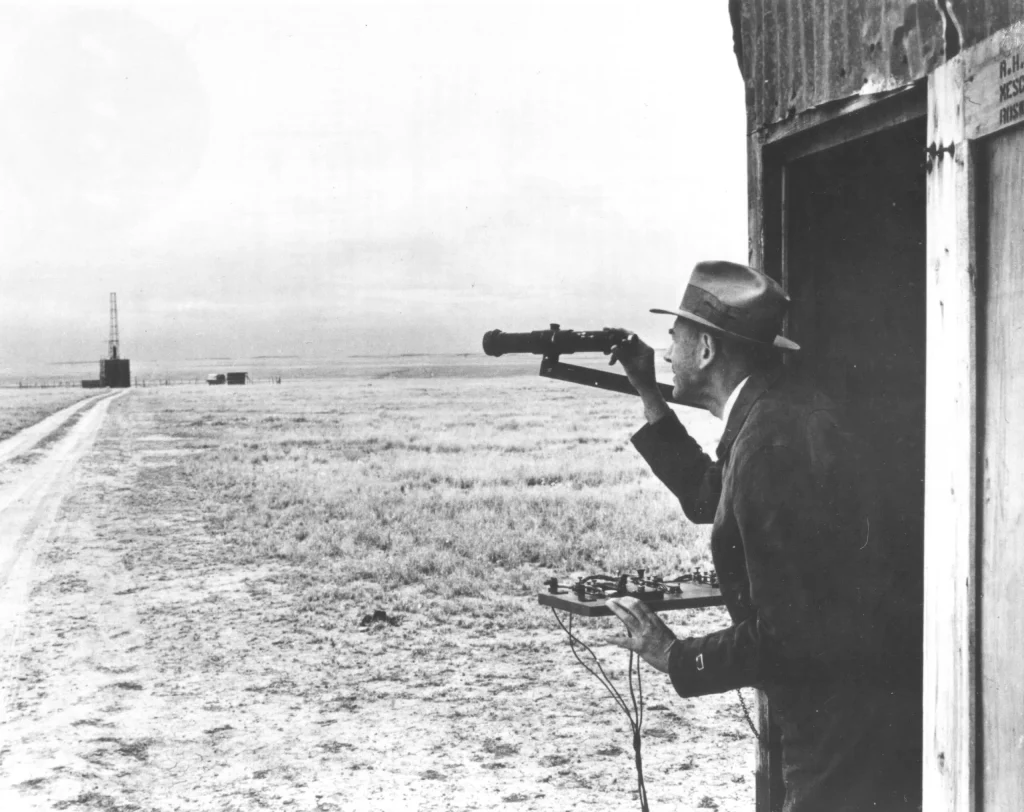
On that late March day in the New Mexico desert, Goddard’s A-5 rocket soared to an altitude of 4,800 feet, reaching a top speed of 550 miles per hour. While these numbers may seem modest by today’s standards, they were groundbreaking at the time. The A-5 ran on a mixture of gasoline and liquid oxygen, with nitrogen pressurizing the fuel. The key innovation in the A-5 was its gyroscopic stabilization. Gyroscopes mounted near the rocket’s engine exhaust nozzles provided stability during flight, using the concept of “rigidity in space” to keep the rocket steady and on course.

The successful launch of Goddard’s A-5 marked the dawn of a new era in rocketry that would dramatically advance aeronautical technology. The developments in rocket power during World War II, particularly the introduction of jet engines, expanded the possibilities of flight, leading to the creation of the first jet fighters like the Me-262, P-59, P-80, and Gloster Meteor. A few years later, the Bell X-1 would break the sound barrier, powered by an engine descended from rocket technology. By the 1960s, rockets were propelling astronauts into space and even to the moon, culminating in the Saturn V rocket that took humanity to new heights.
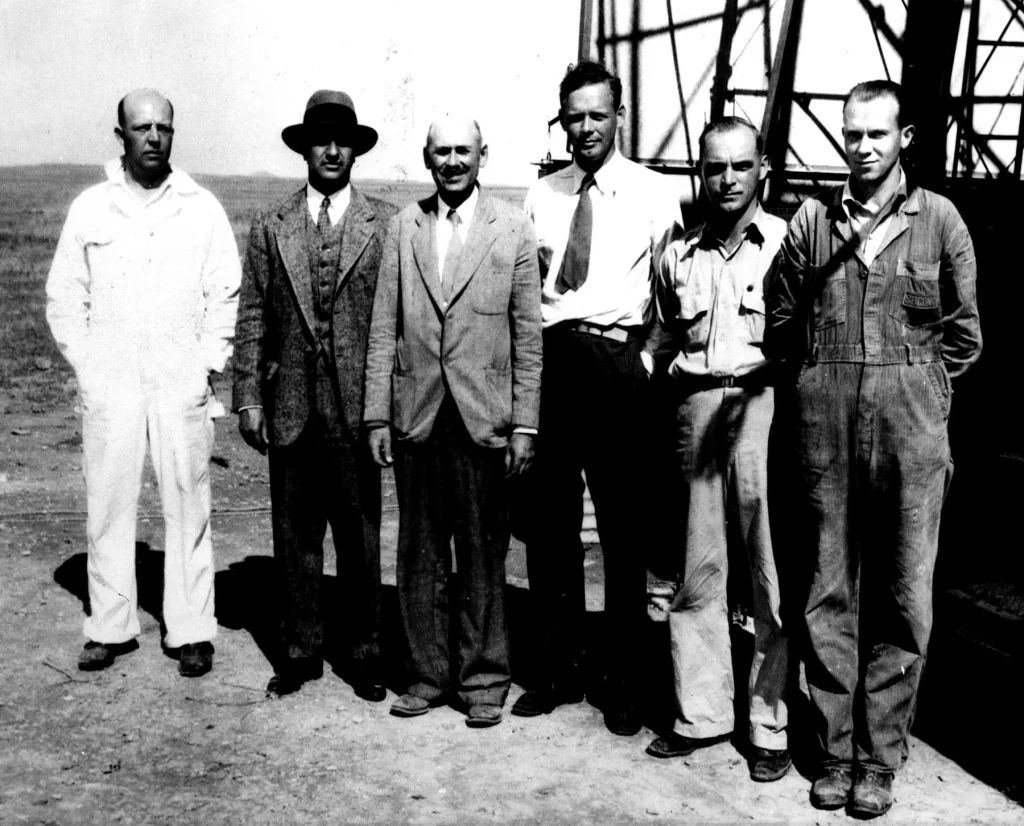
The Smithsonian National Air & Space Museum houses one of Goddard’s A-series rockets—built in 1935 from spare parts in Goddard’s collection. This particular rocket was personally donated by Goddard to the museum. Although the rocket is currently in storage, it is expected to be displayed once renovations at the National Mall location are completed in the next two years. When it is unveiled, the rocket will serve as a fitting tribute to the small but mighty vessel that propelled the aviation revolution.
